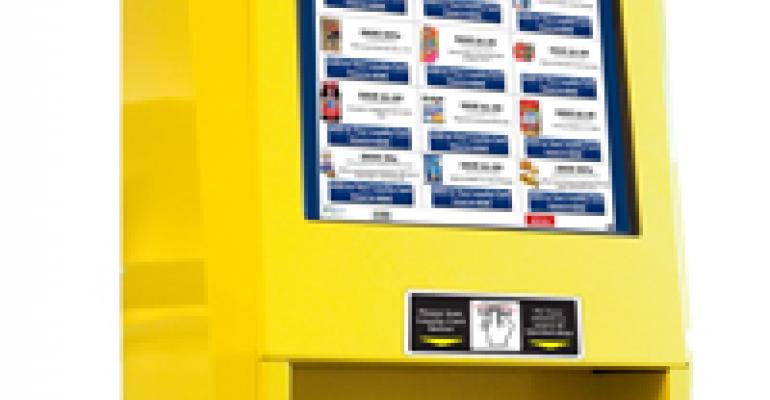NEW YORK — Shoppers entering the Key Food store on Columbia Street in the Lower East Side section of Manhattan, in the shadow of the Williamsburg Bridge, may have already clipped some coupons from their Sunday newspaper to redeem in the store.

But whether they have or not, another ready source of manufacturers’ coupons awaits them immediately inside the store — a kiosk, which dispenses more than a dozen coupons that are rotated monthly.
Each coupon comes out on a sheet of paper that includes a bar code, which is scanned at the checkout. Their loyalty card gets shoppers additional discounts supplied through the Key Foods cooperative warehouse here.
“Customers like it,” said Sam Ali, store manager. “A package of Chips Ahoy has a regular price of $4.29, the warehouse discounts it to $2.99 and then a [kiosk] coupon for 50 cents brings it down to $2.49. That gets a good reaction.”
The kiosk, which stands 55 inches high, 20 inches wide and 18 inches deep, consists of a touchscreen showing the coupons, topped by a 32-inch ad screen featuring 25-second ads. About 15% of the customer base uses the kiosk, said Ali.
The Coupon Express kiosk is supplied and maintained at no cost by PSI Corp., Colorado Springs, which has partnered with systems integrator Midax to link the kiosk to POS systems.
Ali estimates that the kiosk has helped boost sales of Nabisco products about 12% since it was installed two years ago. The store also receives 15% of the revenue collected from manufacturers by PSI, which covers electricity costs, he noted. The store is reimbursed monthly for the coupons, two weeks faster than for traditional paper coupons, he said.
The average redemption rate for coupons issued by the kiosk is 28%, according to Eric Kash, chief executive officer, PSI. Kash said that as of the end of March, the kiosk has been installed in 65 supermarkets; 25 of the locations are in New York, including Key Food, D’Agostino’s, C-Town, Bravo, Met Foods, Associated Supermarket, Fine Fare and Pioneer. Other installations include independents in Boston, Philadelphia, Chicago and Los Angeles. Many of the stores are in Hispanic neighborhoods, with the kiosks featuring Spanish language ads on the video screen. PSI also supplies coupon kiosks to convenience stores.
The kiosk allows coupons to be printed, downloaded to a loyalty card or both; the Columbia Street Key Food only issues printed coupons. The loyalty card kiosks require shoppers to scan their card, prompting the system to pre-sort the offers in probable order of interest based on purchase history.
To date, six CPG brands are supplying coupons to the kiosks, said Kash, declining to name them. They are charged $10 per coupon per week per store, he said. Coupons are downloaded to the kiosks remotely. Manufacturers receive redemption information daily.
A different coupon kiosk system, from Entry Point Communications, Hamilton, N.J., is used at a number of stores operated by Food Lion, Salisbury, N.C. Shoppers scan their loyalty card at these kiosks to receive personalized coupons based on their household’s shopping history.





